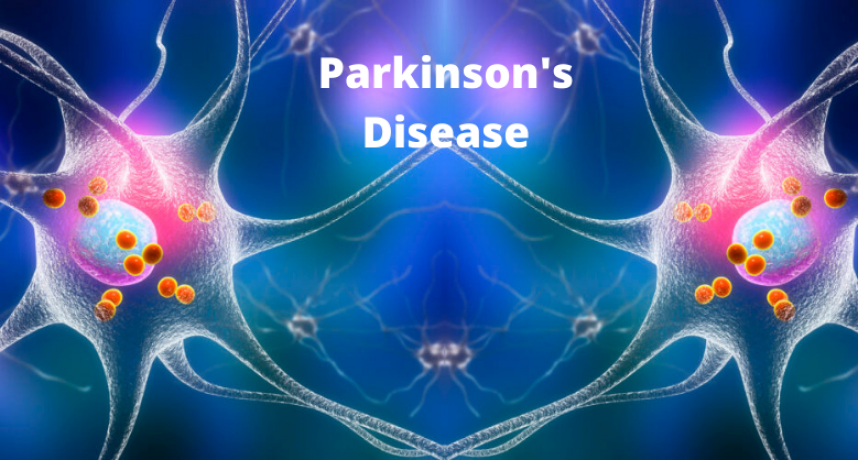
An experimental blood test may one day allow doctors to predict a diagnosis of Parkinson’s disease years before symptoms begin, according to a long-term study published on Tuesday (18/6/24) that may also provide clues to future treatments.
The ability to identify these patients in advance “means that drug therapies could potentially be given at an earlier stage, which could slow down disease progression or even prevent it from occurring,” study co-author Dr. Michael Bartl of University Medical Center Goettingen said.
The researchers studied blood samples from
99 individuals with Parkinson’s disease, 36 healthy volunteers, and 72 patients with REM Sleep Behavior Disorder, a sleep disorder that causes them to act out their dreams physically. This is a condition in which the normal paralysis that occurs during the REM (Rapid Eye Movement) stage of sleep is incomplete or absent. This allows the person to act out their dreams. This disorder is known to dramatically increase the risk for the development of brain diseases like Parkinson’s, but none had Parkinson ’s-related symptoms.
Analyzing the samples, the researchers identified 23 proteins directly linked to processes involved in Parkinson’s disease. Using a machine learning tool, they selected eight proteins that could identify 100% of Parkinson’s cases.
The eight proteins linked to Parkinson’s effects in the brain “represent possible targets for new drug treatments,” Bartl said.
Nearly 80% of patients with the sleep disorder had the same blood protein profile as Parkinson’s patients, the analyses published in Nature Communications also showed.
Over the next 10 years, 16 of the sleep disorder patients went on to develop Parkinson’s. The authors reported that the model identified these individuals with 79% accuracy up to 7 years before the onset of motor symptoms.
The researchers are currently assessing the test’s accuracy in analyzing samples from people with genetic mutations that increase their risk of developing Parkinson’s disease.